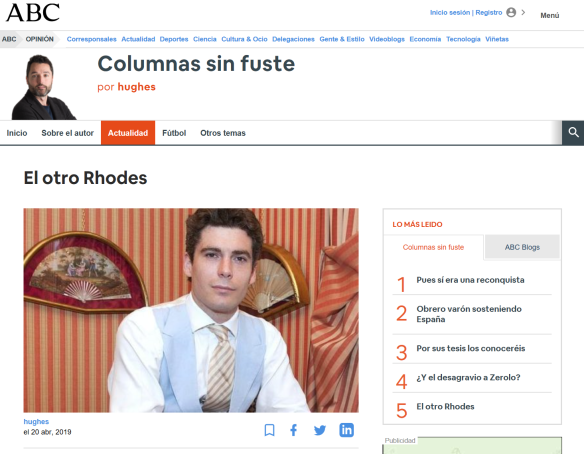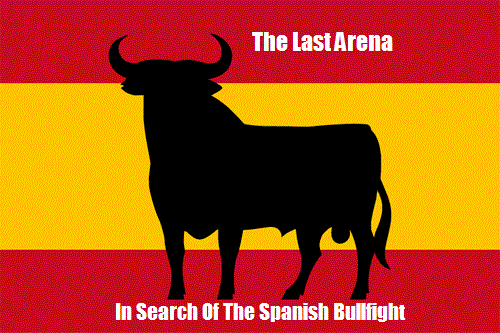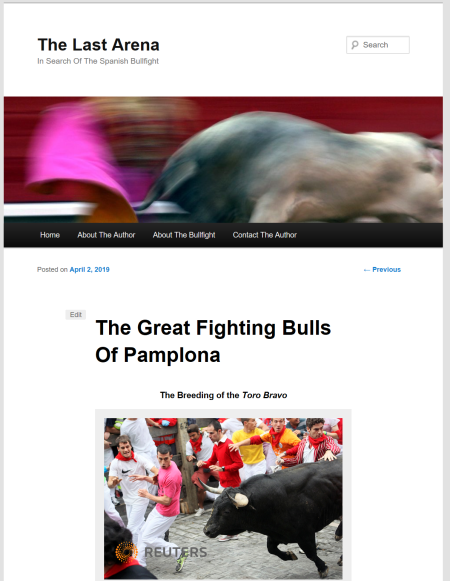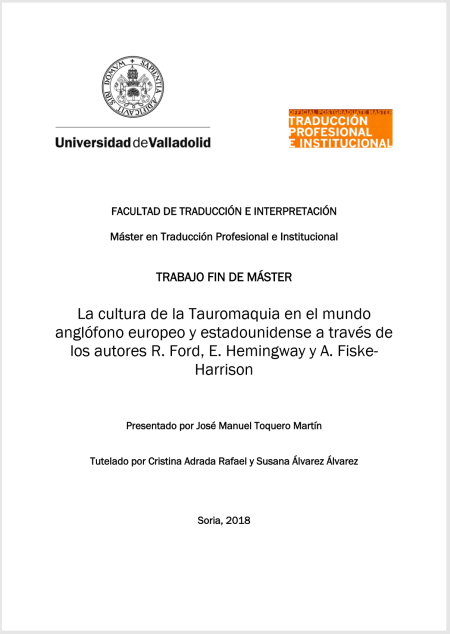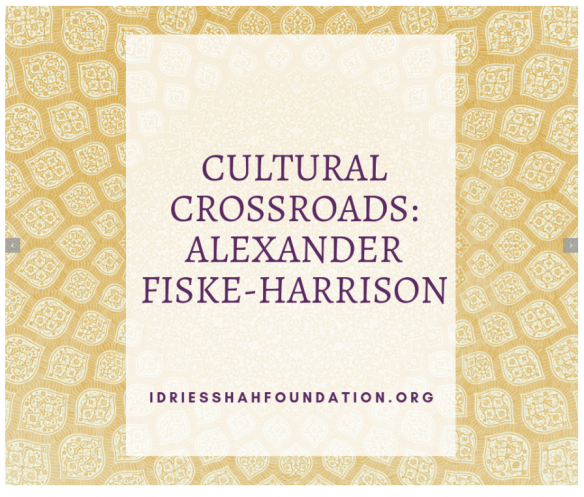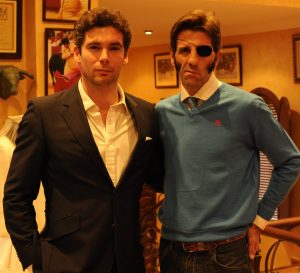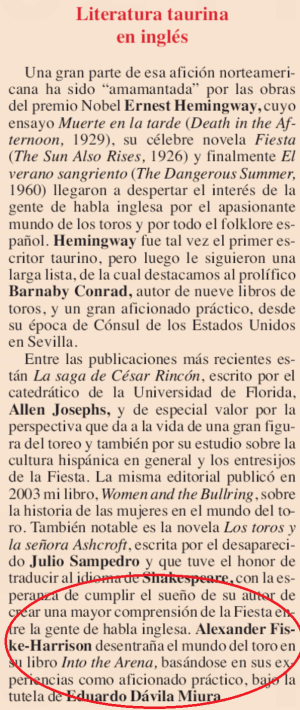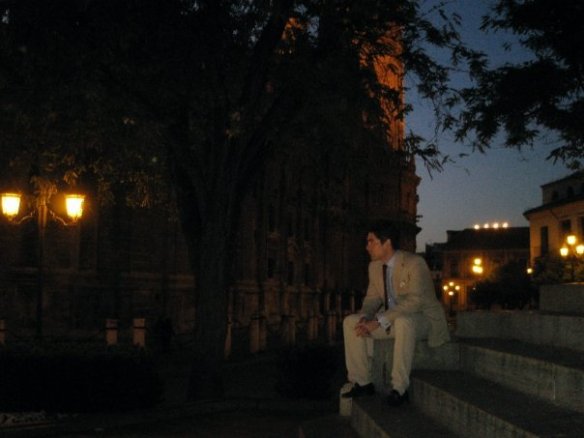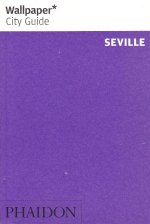I found it odd when it was pointed out to me here in wilds of Andalusia, working on building up Polo Andalusia, that the papers had decided to name me pin-up boy for the parties of the Right in Spain, especially under the surname of one of my maternal ancestors, Cecil Rhodes. (The headline El otro Rhodes translates as ‘The Other Rhodes.’)
However, it was another Rhodes they referenced: a ‘celebrity’ musician who plays classical music – by which I mean a person whose public profile as a musician has piggy-backed on his public profile for revelations (his own) about his private life rather than his talent – who has also moved to Spain. Apparently he has decided to wax lyrical in the media about his views on the political failings of the country he has just moved to. A cultural, or rather touristic, imperialism I personally find abhorrent….
That said, although the intention of this article was flattering, I could not find myself flattered by it… you see, my politics, which are usually a private matter, do not match those of the role they are proposing me to fill.
The article, online here, says:
We need another Englishman similarly Hispanophile to admire.
Alexander Fiske-Harrison (pictured) is my proposal. He is English… of good type … graduated in biology and philosophy at Oxford and London… If Rhodes is immersed in our customs, what Fiske-Harrison likes is The Custom: bullfighting. He is a great aficiondao and a few years ago he published a book about the Fiesta, Into The Arena: The World Of The Spanish Bullfight. Apparently, his mentor in bullfighting was Adolfo Suárez Illana [son of the first democratically elected Prime Minister of Spain after the death of Franco, and himself number two in the conservative Partido Popular, ‘Popular Party’, for Madrid.]
Fiske-Harrison is presented as “writer and bullfighter”, maintains a blog on bullfighting in English, www.TheLastArena.com, and is also a great aficionado of bull-running, and usually runs dressed in white and with an elegant red jacket looking like a character out of P. G. Wodehouse skidding into calle Estafeta in Pamplona.
Fiske is a patrician, a dandy, an enviable Englishman and also a lover of Spain. Fiske-Harrison is a taurine pro, perhaps the great English taurino of the moment.

